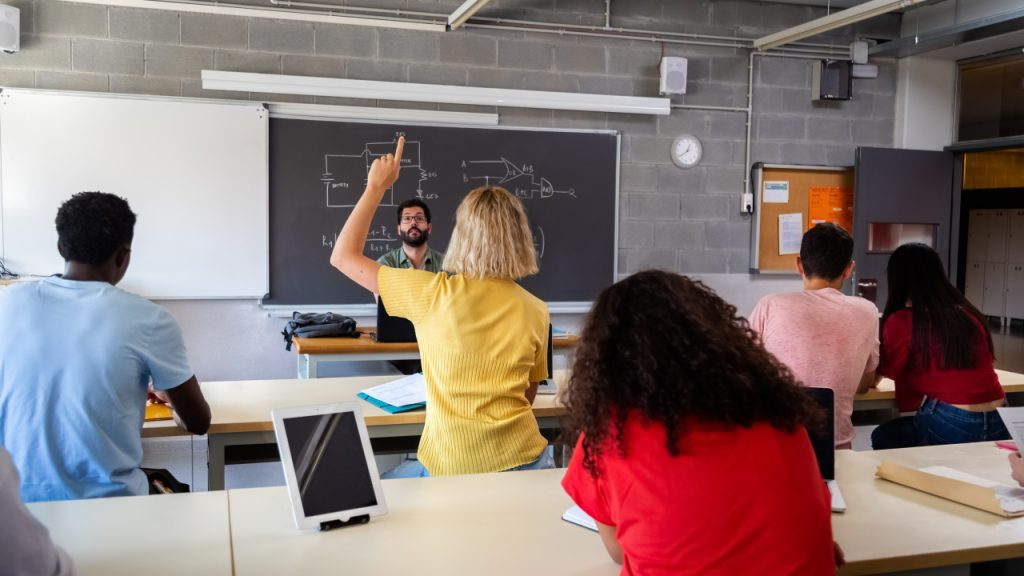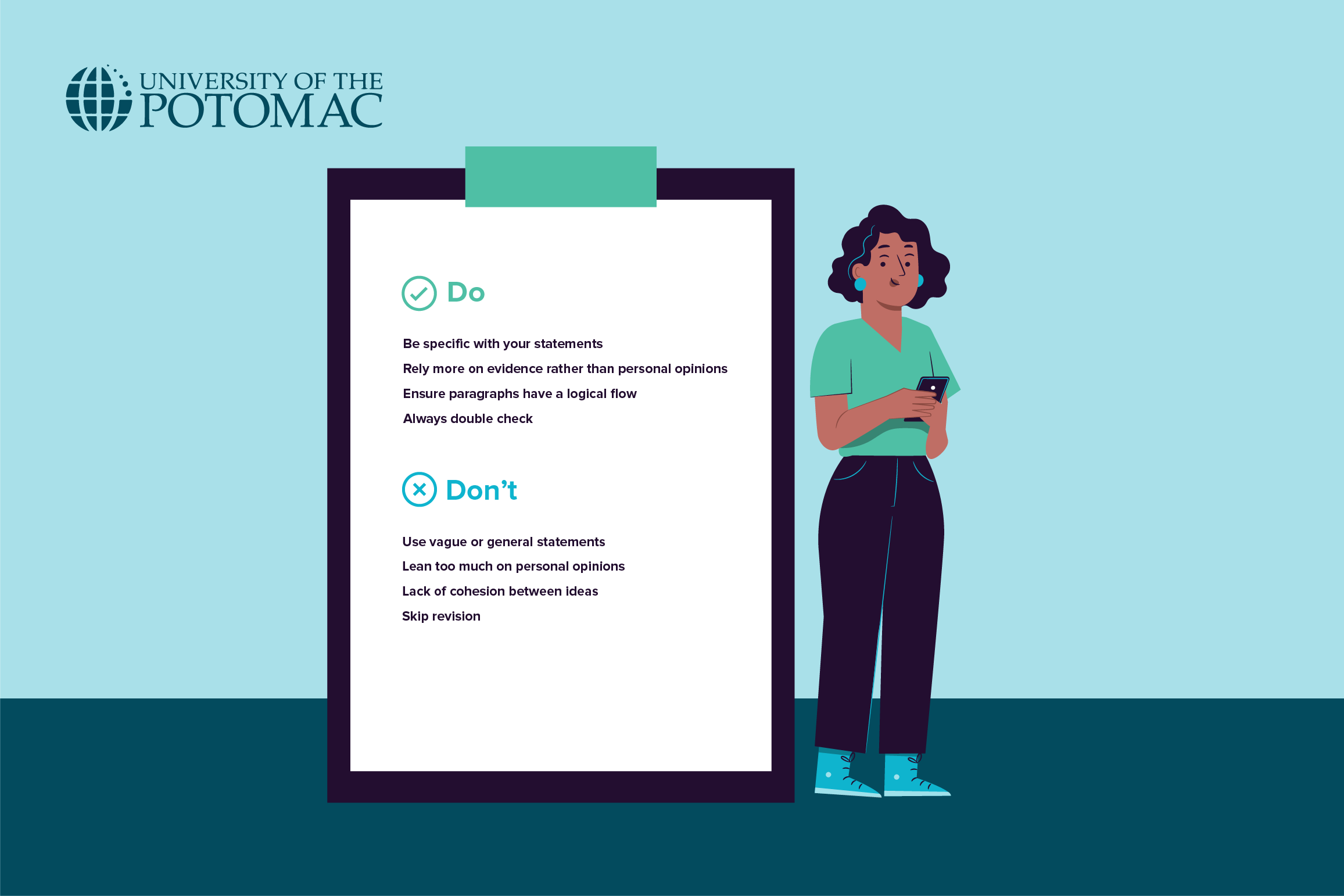The world we live in today is changing rapidly; new concepts, ideas, and developments are being brought forward every day. How we learn and teach should adapt to the changes, and we must be ready to move forward. This is where conceptual understanding comes in handy for students.
Instead of employing the more conventional approach of focusing on learning facts, conceptual learning involves students engaging in high-quality learning experiences built around important concepts and essential ideas. If you want to learn more about conceptual learning, keep reading as we discuss what it is and its importance in today’s world.
The Definition of Conceptual Understanding
The method “conceptual understanding” refers to a thorough and practical understanding of mathematical, scientific, or other concepts. Understanding concepts allows students to see beyond single facts and approaches. They understand why a mathematical issue is vital and how it can be applied in various contexts.
Conceptual understanding is essentially about learning more than isolated facts; it is about understanding the relationships between those facts and having them arranged correctly.
Examples of Conceptual Understanding
Many students who are not well informed about geometry assume that the diagonal of a square is the same length as the side. The assumption is not valid but tempting for many young minds. In this case, the best way to employ conceptual understanding would be to challenge the class to investigate this by drawing and measuring. After getting their answers, it would help to ask them to estimate the dimensions of a square with a diagonal of precisely 5cm and draw it to see how accurate their prediction was. This would be just one out of many examples of conceptual understanding.
How Is Conceptual Understanding Developed?

A learner’s active participation is required in order to achieve a conceptual understanding. When conceptual understanding is not employed, teachers usually explain and demonstrate the methods while focusing on facts and procedures. During the process, the student must pay attention and rigorously practice the approaches, asking for clarification where things are unclear.
On the other hand, the teacher’s and students’ roles are very different when the emphasis is on conceptual understanding. In this case, the teacher should provide questions and assignments that challenge students to understand the concept’s meaning. Consequently, the student is encouraged to go through the struggle of reaching the concept and applying it to different solutions.
Simply put, engaging and encouraging students to reach the concept’s meaning and apply it to other solutions is one of the ways to develop conceptual understanding. Active participation is critical for building conceptual understanding. It is valuable because that way, students can develop the ability to think for themselves and thus become critical thinkers.
Challenges of achieving conceptual understanding
Achieving conceptual learning is not always easy. Some of the challenges teachers and students go through are as listed below:
Repeating the same standard examples may give students the wrong idea of the concept. Squares, for example, are rarely drawn in any other orientation except with a horizontal foundation. If the shape is turned, students may conclude that it is not a square.
When trying to employ conceptual understanding would be helpful for teachers to come up with more original examples and play around with them.
The teacher’s (often unconscious) assumption that students’ minds are a “blank slate.“ When teachers educate without acknowledging students’ prior mental models, students may hold to unscientific views while producing ‘right answers’ on exams. For instance, a student may maintain his earlier theory that “heavier objects fall quicker,” even though the equations of motion learned in school contradict that assumption. Or, some students will swear that 3.24 is bigger than 4.6 since it has more digits. Why? Because, for the first few years of study, they only encountered whole numbers when the ‘digits’ rule was applicable.
Checking and questioning students about their prior knowledge on a given topic would help avoid this challenge.
Lack of encouragement to make connections between different things students learn. Let’s suppose students are asked whether heavy or light objects fall faster. If they presumably stated that the sheet of paper would fall faster than the book, are they asked additional questions? If the teacher doesn’t ask to look at the equations of motion and reconcile their answers with the implications of the equations, the conceptual understanding will fail. This failure comes as a consequence of the lack of encouragement to make any sort of connection between topics. Using follow-up questions to students’ answers would be a simple solution to this.
Interested in pursuing a degree?
Fill out the form and get all admission information you need regarding your chosen program.
This will only take a moment.
Message Received!
Thank you for reaching out to us. We will review your message and get right back to you within 24 hours.
If there is an urgent matter and you need to speak to someone immediately you can call at the following phone number:
- We value your privacy.
The Importance of Conceptual Understanding

It helps to organize knowledge into a logical structure, allowing students to learn new concepts by connecting them to what they already know. Understanding the concepts also helps retention because facts and methods gained through comprehension are easier to recall and apply and may be reconstructed if lost.
Conceptual understanding can also help students overcome anxiety and gain confidence in their studying abilities. This is true even for young students who are generally not apprehensive but become concerned when faced with particular problems. Via conceptual understanding, students may use the concept to discern what the word problem means, reason logically, and effectively use what they have learned to solve whatever complex challenges they may confront.
Career readiness. When people perform in the job, they frequently act based on preliminary information, assumptions, and understandings about a particular situation. Sometimes, individuals don’t have all the relevant information and must be guided on how to make the correct decision. This is where conceptual comprehension and associations come into play. When information is unavailable, people must rely on conceptual understandings and associations developed about related topics to make decisions.
Following are a few additional advantages of conceptual learning:
- Encourages understanding of concepts rather than memorization.
- Conceptual understanding is flexible and allows for continuous improvement.
- Concentrates on the outcome of the learning process.
- Helps to relate new information to past knowledge, resulting in higher information retention.
- Content changes all the time; concepts do not. Conceptual learning progresses in terms of format but not the fundamental concept.
Students benefit from conceptual understanding in almost every situation. Such students are more productive and efficient when dealing with complex problems and concerns.
The Bottom Line
Rather than using traditional learning models to memorize things, conceptual teaching lets students engage in quality learning experiences focusing on significant concepts and central ideas. It offers a conceptual and holistic framework for developing integrated concepts linked to the syllabus, talents, and knowledge.
Conceptual understanding requires conceptual teaching. Educators must promote various learning styles in conceptual learning and guarantee that their students fully comprehend the subject and key concepts. Teachers must also learn to use a variety of teaching approaches to ensure that all subjects are covered thoroughly.










